Day 8- Seville
Although we are staying at a parador in Córdoba, today we made the ninety minute journey to Seville, where we spent the day.
Our guide Emma’s lecture on the way covered a bit about Paradores, then the amazing story of Christopher Columbus, and an introduction to the largest city in the south of Spain, Seville, or Sevilla (pronounced Seh-VEE-yah).
First a word about Paradores: they are lodgings located all over Spain that have some historic element about them, but they don’t necessarily have to be old. The one in Córdoba is pretty modern with spacious rooms with balcony, and lovely amenities. It is built on the former ruins of a Roman summer home with stunning views of the surrounding town and countryside. They are government run, and our impression is that the workers tend to follow the clock pretty strictly. They try to leverage the local economy as much as possible for supplies, including many local products on the breakfast buffet table.
Now onto Christopher Columbus. He formally asked royalty of Portugal to finance him, but they refused. Ferdinand and Isabella (mostly Isabella) of Spain financed the first voyage, hoping for gold which did not happen. However, he brought wealth and prestige to Spain and had no trouble financing his other three trips, and becoming a great hero of Spain. So, the funny story is about his bones. Three different places claim to be his final resting place- Havana, Santa Domingo and Seville. DNA tests have proven the ones in the Cathedral to be authentic, but it is said that Columbus travelled more in death than in life, as his remains were transported from one place to another because of country unrest, politics, and other factors. Other sites refused DNA testing so they may or may not have parts of his remains. May you Rest In Peace Christopher Columbus—or perhaps in pieces!

Ok, you’ve been waiting to hear about Sevilla. Fantastic!! The land of orange trees (very bitter, non-edible oranges used for other purposes like perfume and English marmalade), flower bedecked streets, and perhaps the most beautiful city in the south of Spain.
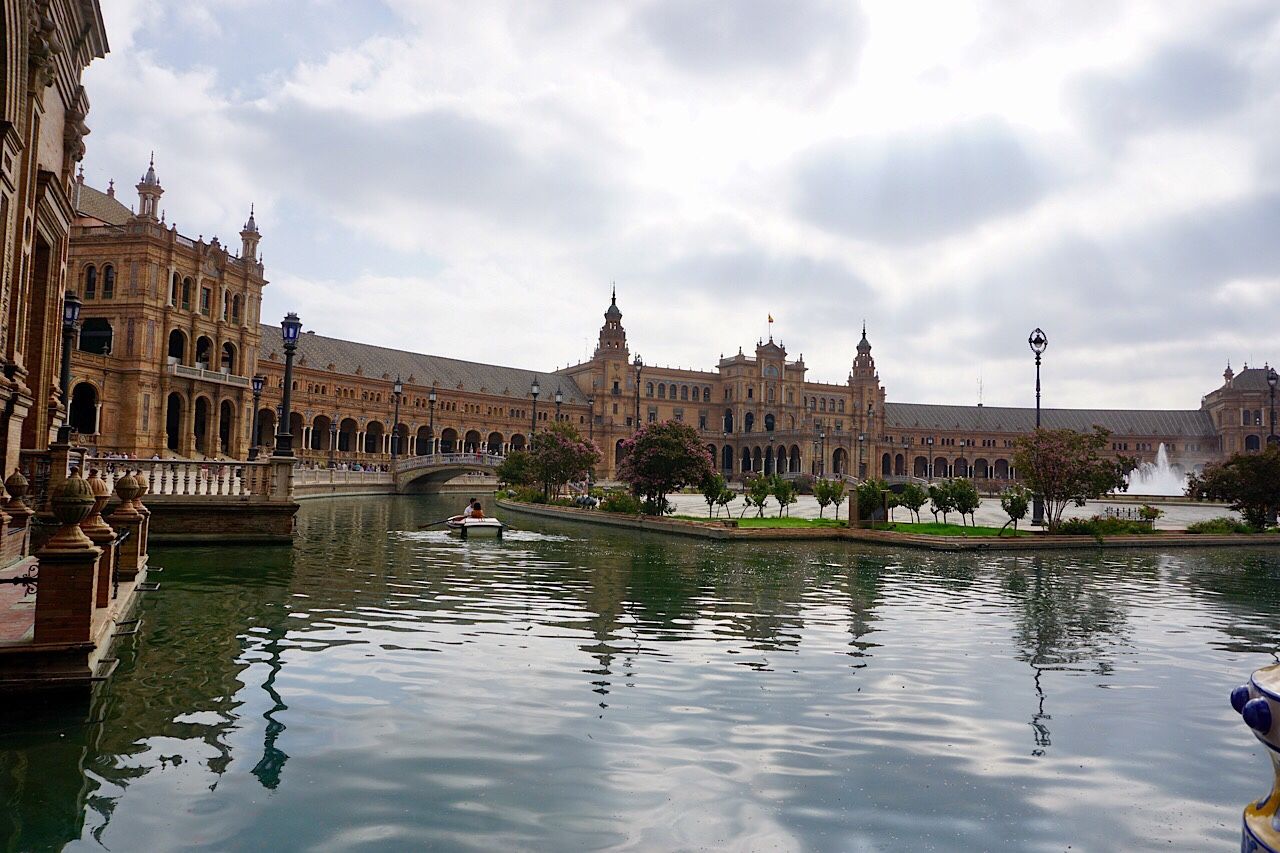
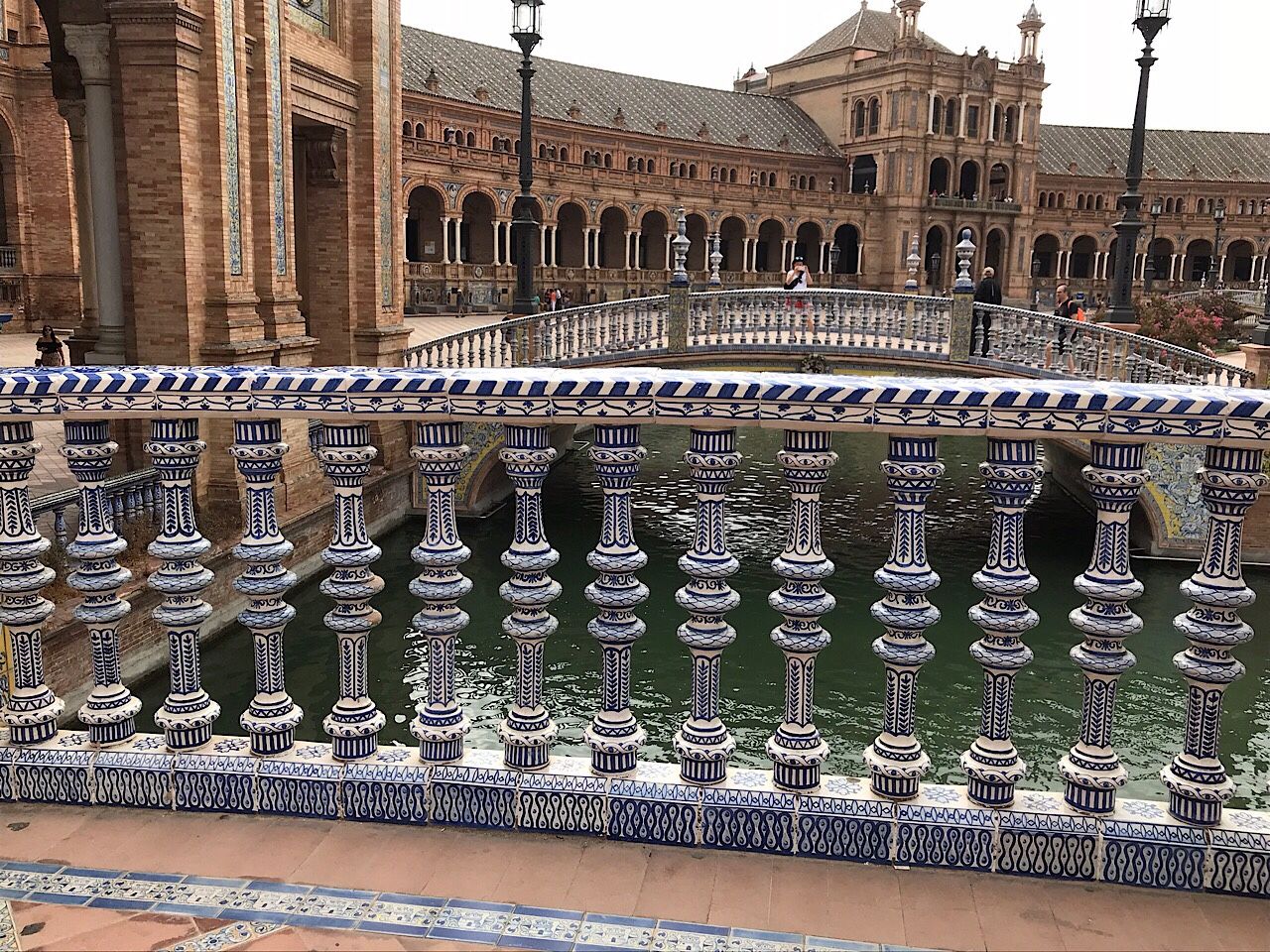
Our first stop in this capital of Andalusia was the Plaza de España which was established for the Iberian-American exposition of 1929. An enormous building with very elaborate tiling, it was used in several films, including Lawrence of Arabia (grand staircase), and Star Wars Episode II (courtyard and walkway). Surrounding this area we got a tour of other buildings in the expo representing different participating regions of Spain as well as other countries.
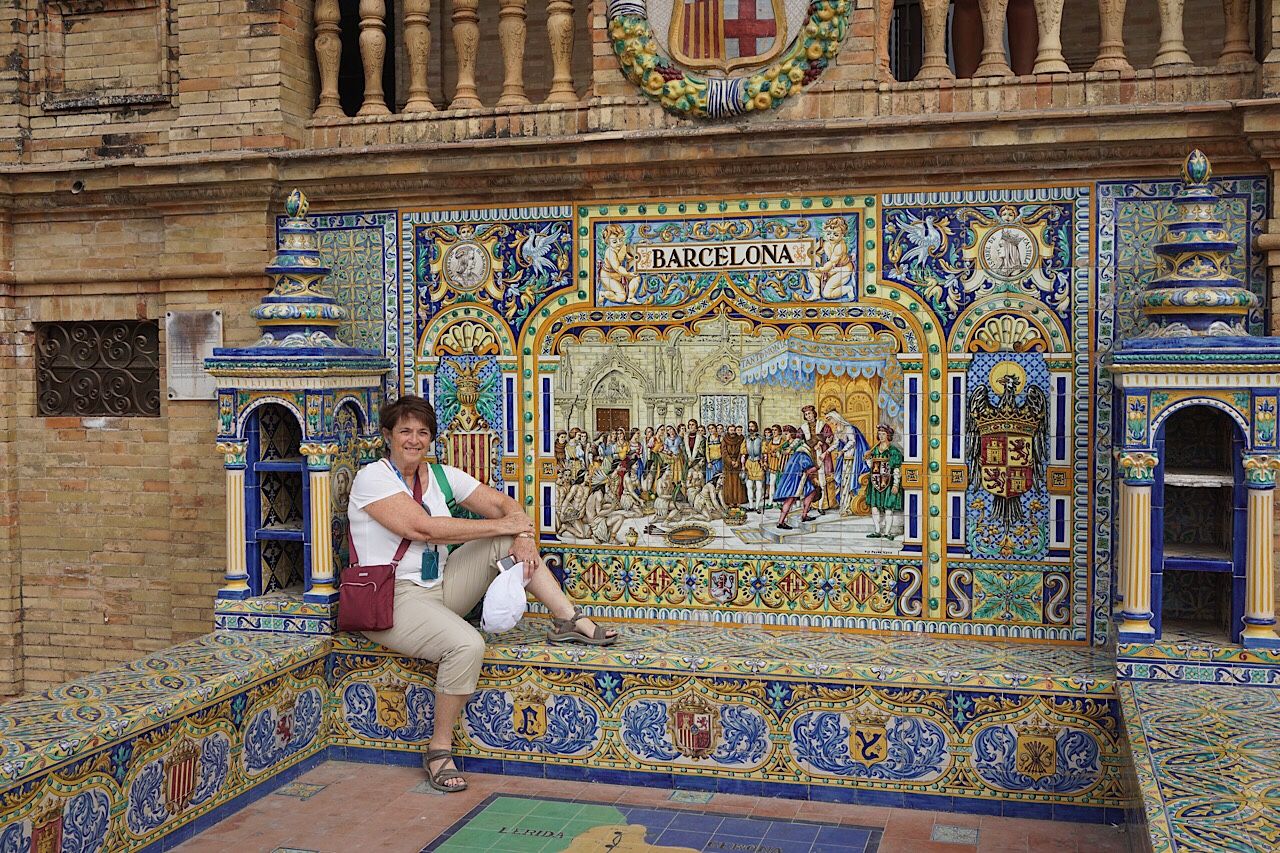
Our next stop was the spectacular Alcazar, the greatest surviving example example of an architectural style called "mudéjar", a combination of Moorish and Gothic and Renaissance styles. The palace dates back to the 14th century and originally was the site of a Muslim fort. Known as the Real Alcazar, it is the oldest palace in Europe still in use by the Royal family. The distinctive look of the palace and grounds has caused it to also make its way to Hollywood as several episodes of "Games of Thrones" were filmed here.
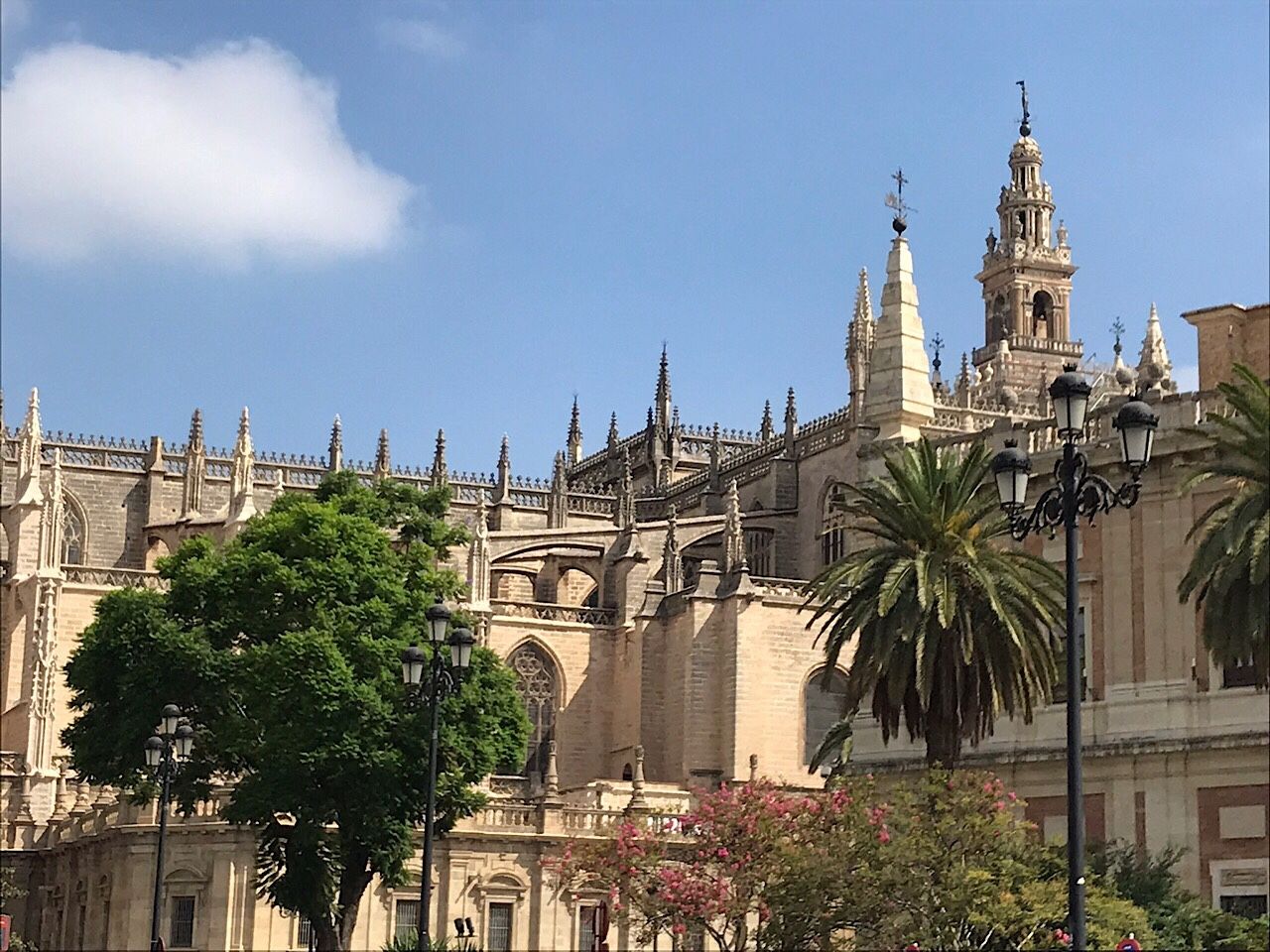
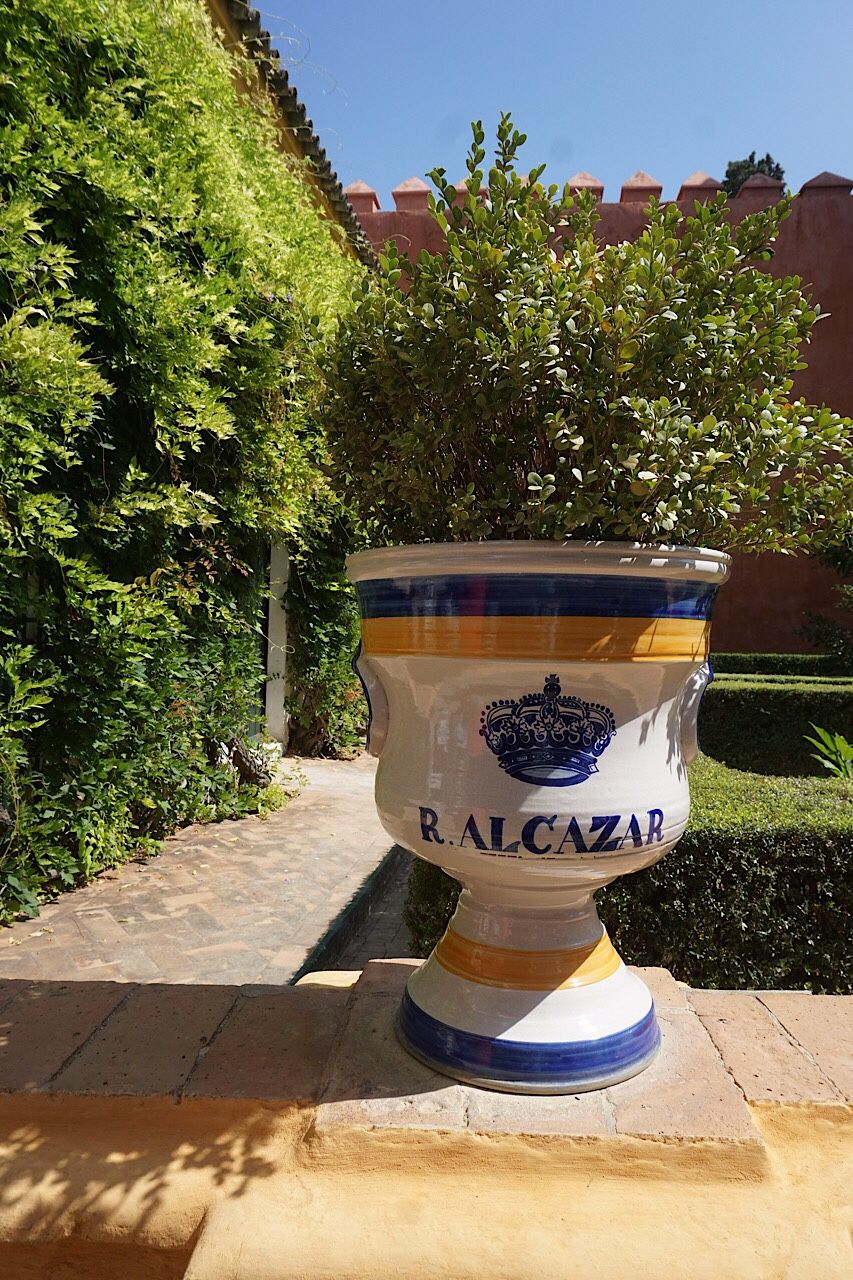

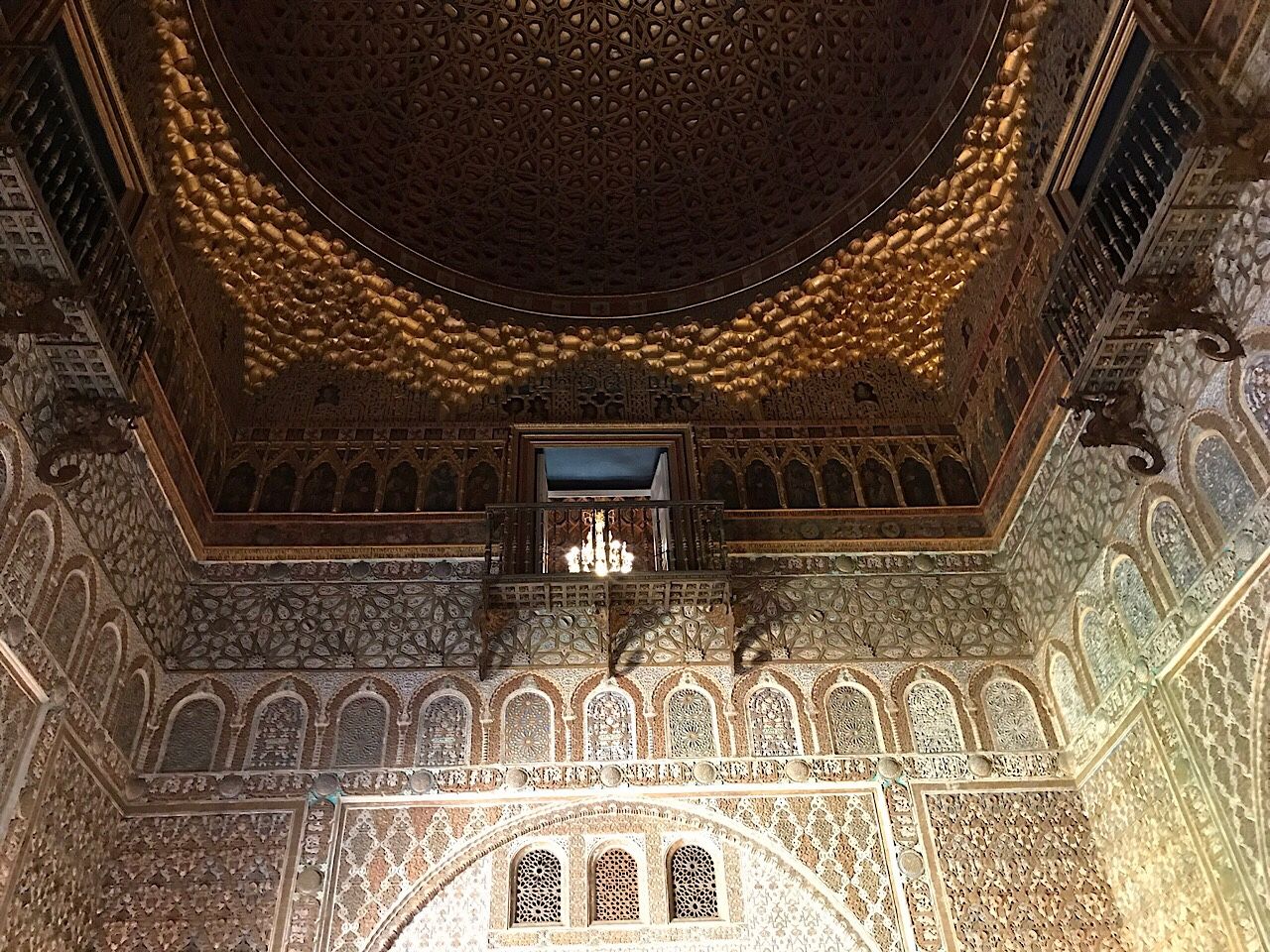
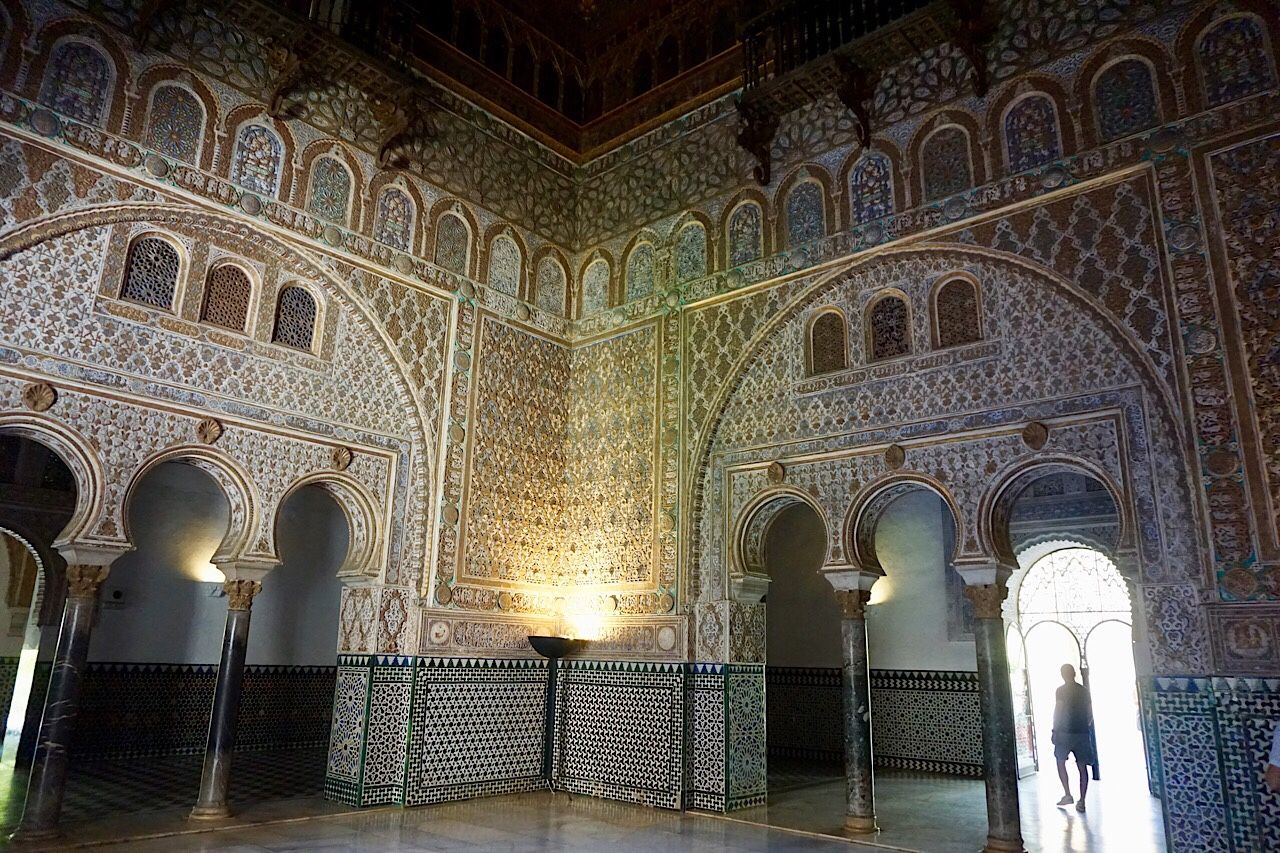
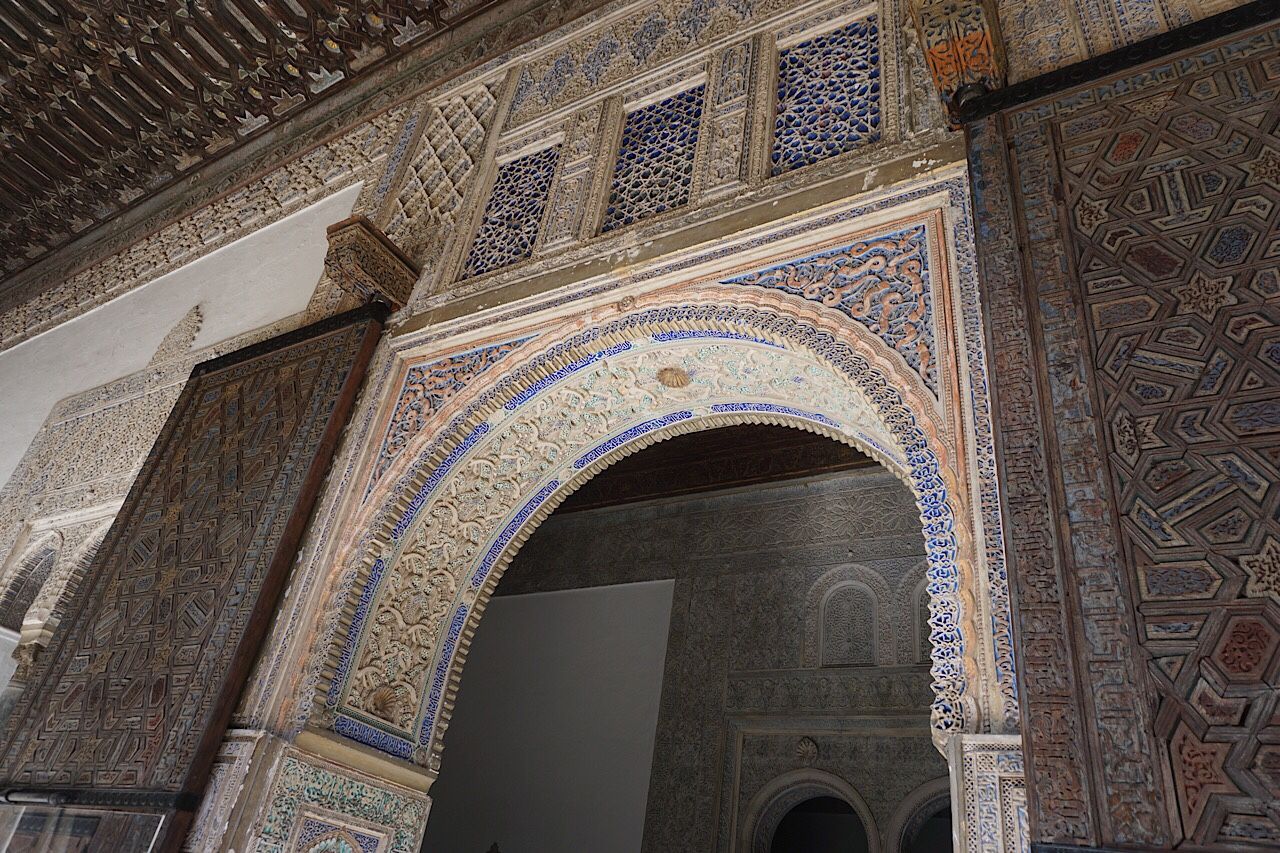
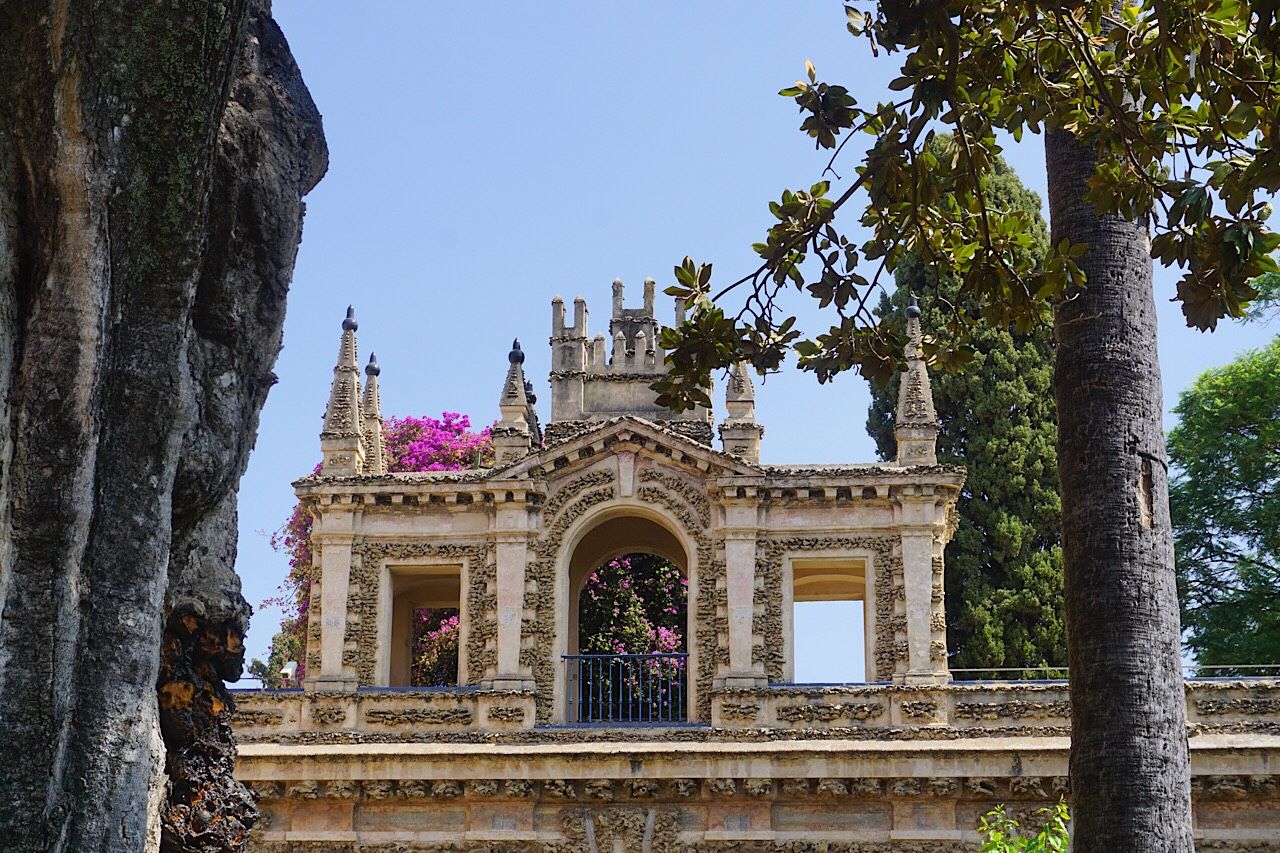
Seville is also the settings of famous operas (or the books on which the operas were based: we saw Carmen’s cigarette factory, the Barber of Seville’s house and Don Giovanni’s hotel. We actually went back and ate a delicious lunch at the location of the Barber of Seville’s house, now a restaurant.
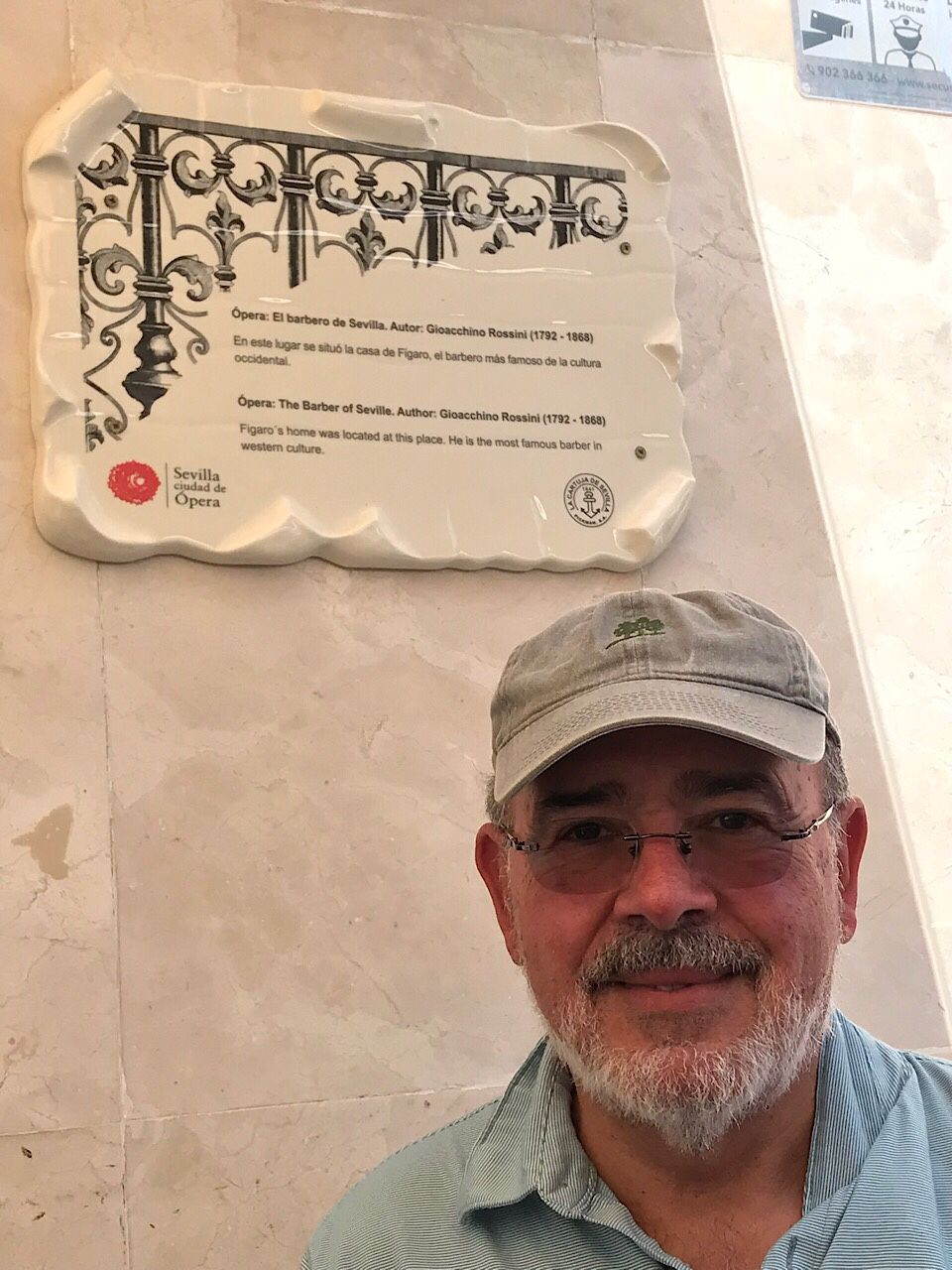
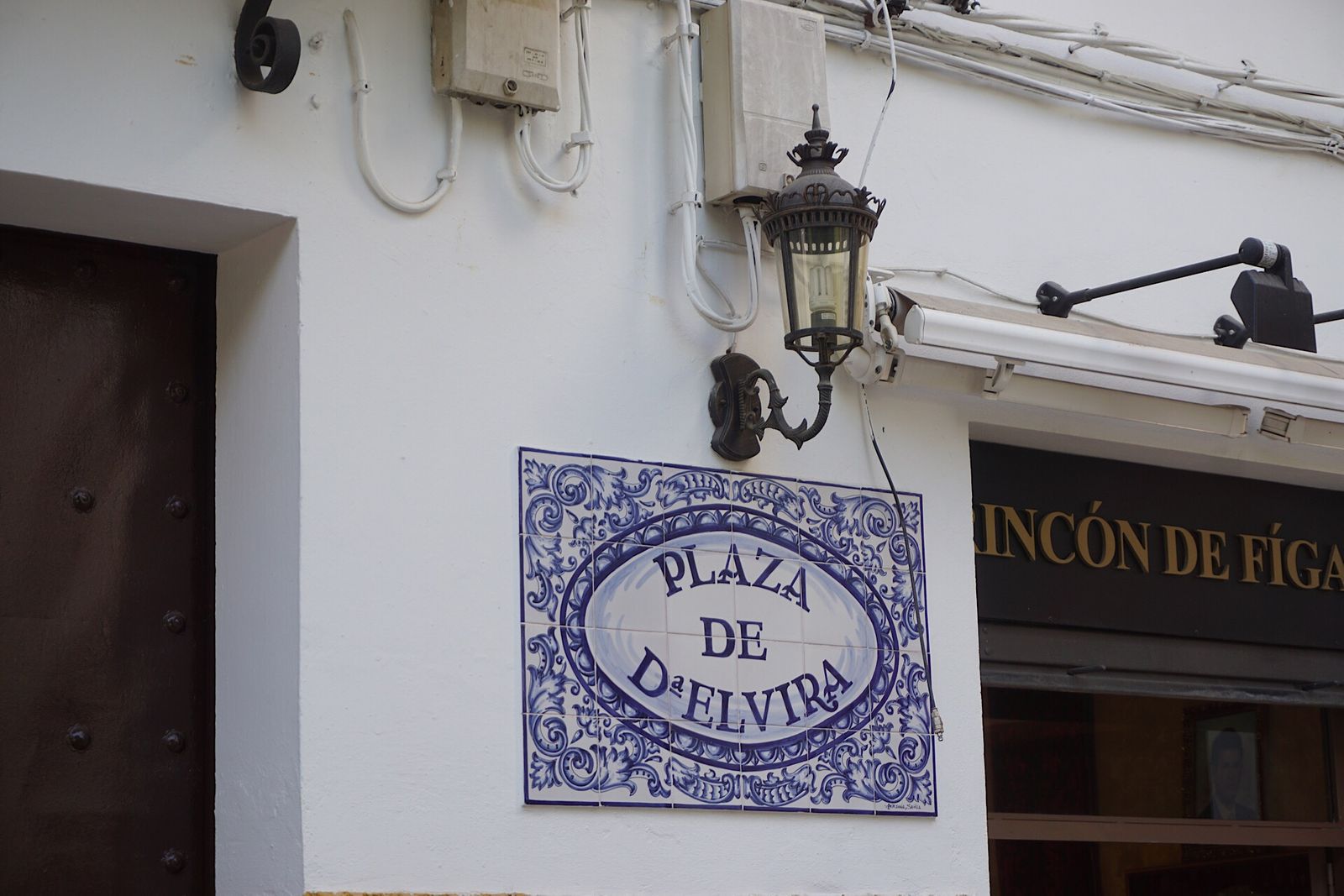
Our guided tour ended in the twisting and tiny streets of the Barrio Santa Cruz—the old Jewish quarter. There are no Jews left in Seville, or anywhere in Andalusia, really, but each town has its old Jewish Quarter where life in the ghetto was much richer before the inquisition drove all the Jews from Spain. It is now a highly desirable gentrified area.
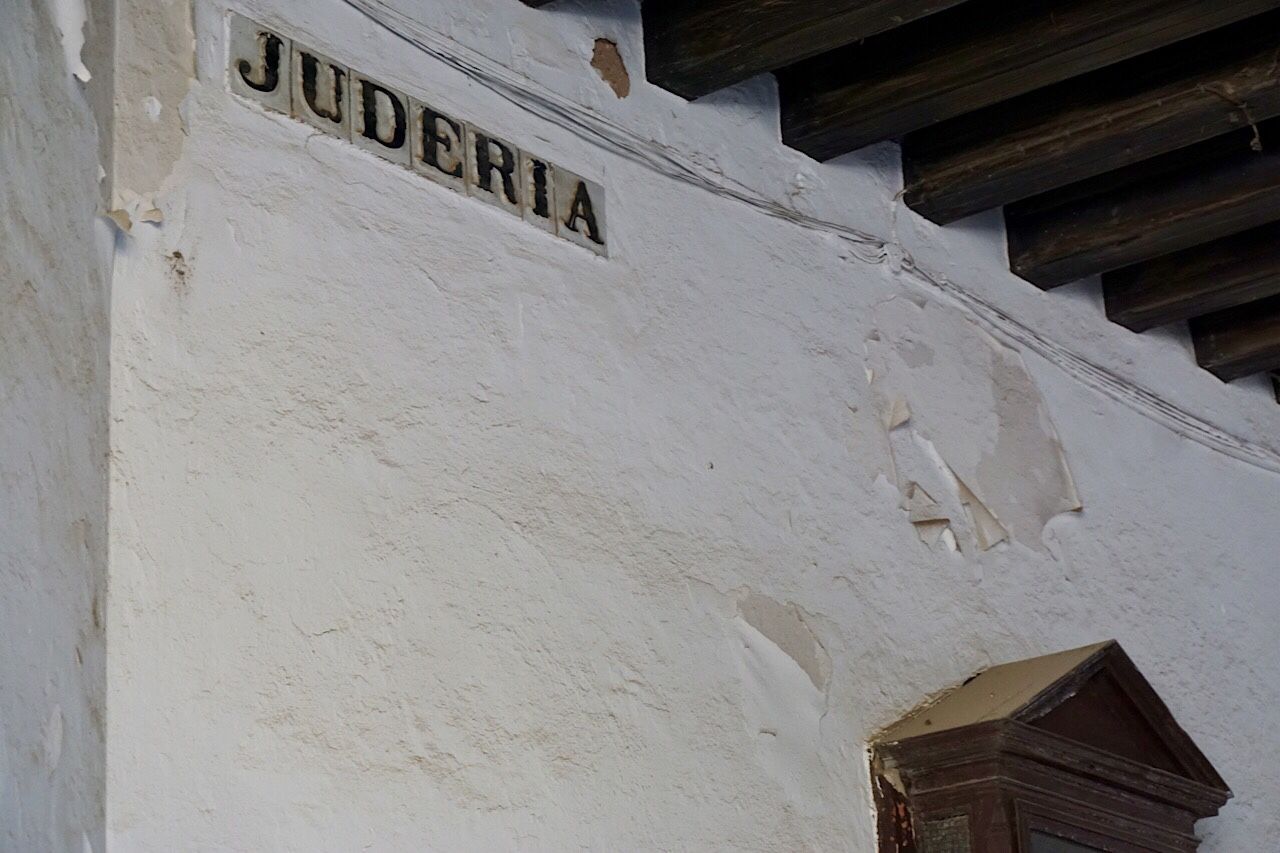

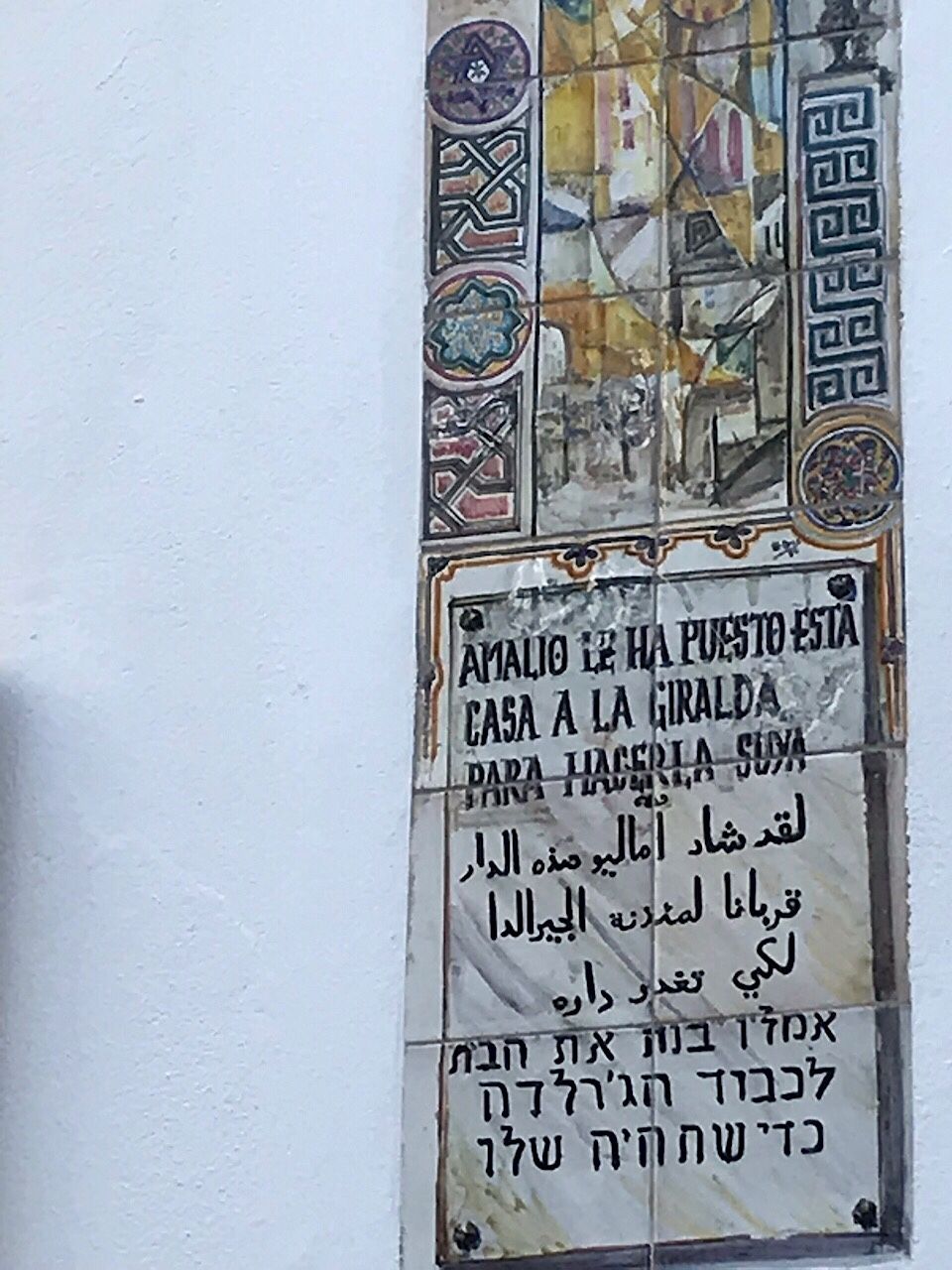
After lunch, we explored the incredible early 16th century gothic Seville Cathedral. It is the third largest church in the world (after St. Peter in Rome and St. Paul in London), but the largest gothic church. Besides being overwhelmingly big, it hosts the tomb of Christopher Columbus (see above), 80 chapels, and a very ornate altar.
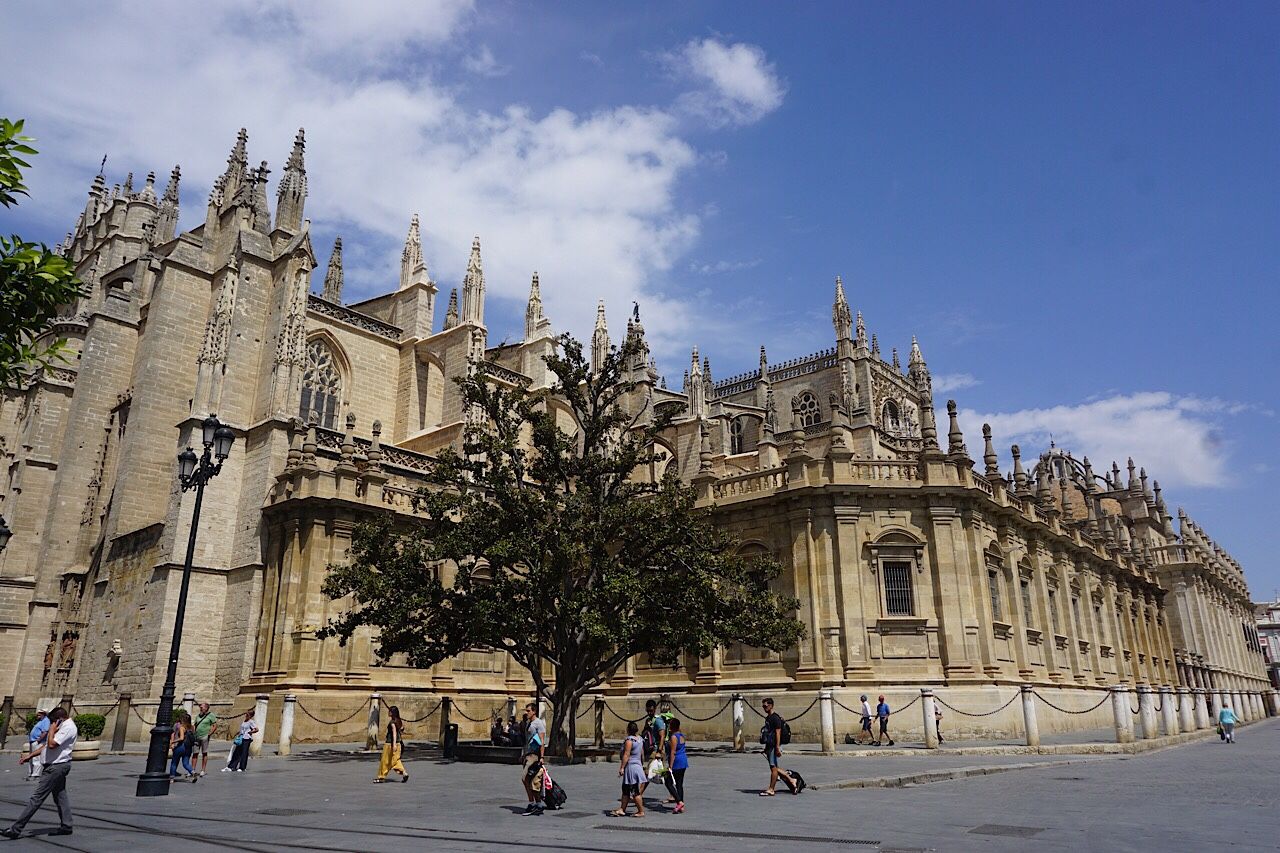



We ended by climbing the 34 ramps (at least they weren’t stairs) of the cathedral’s Giraldo bell tower to look at the city from above. A very full, exhausting day in one of the most beautiful cities of the world.
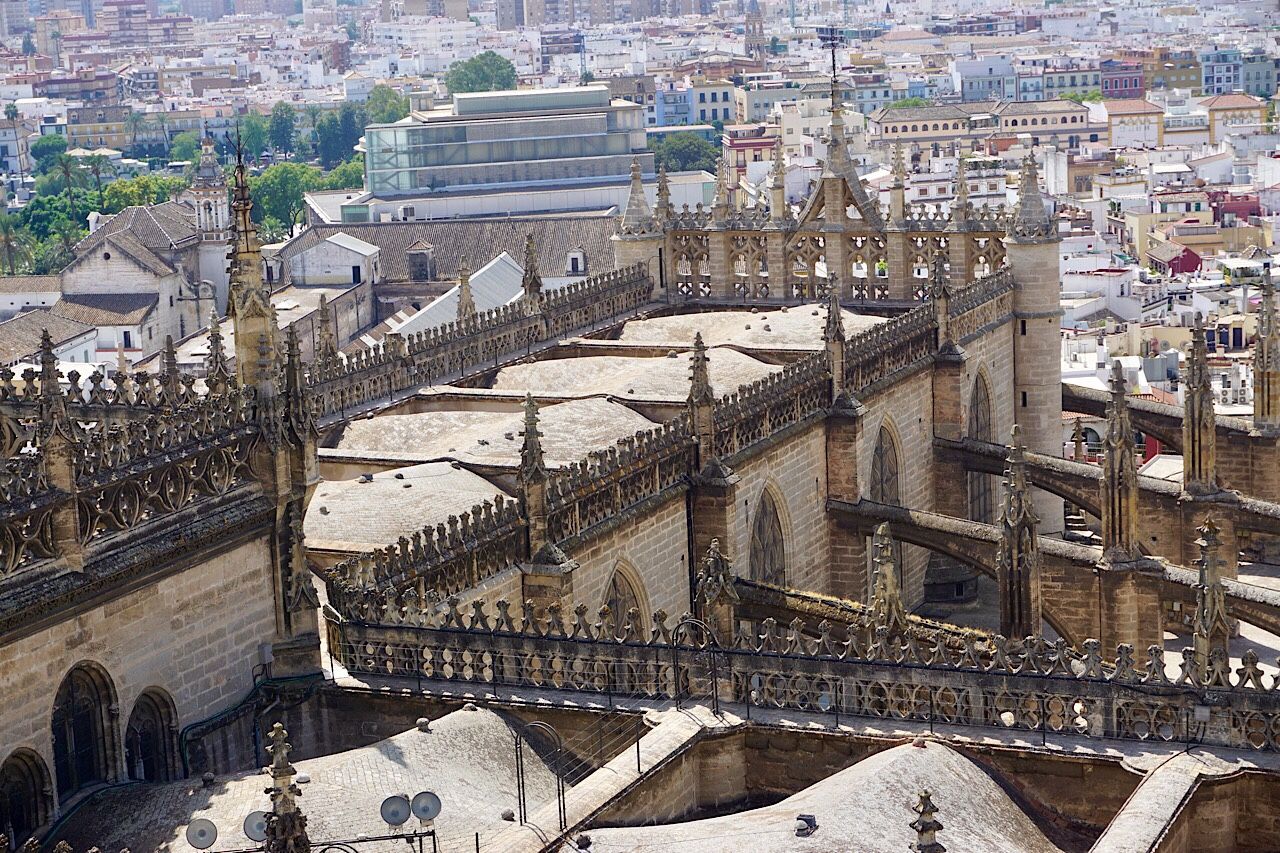
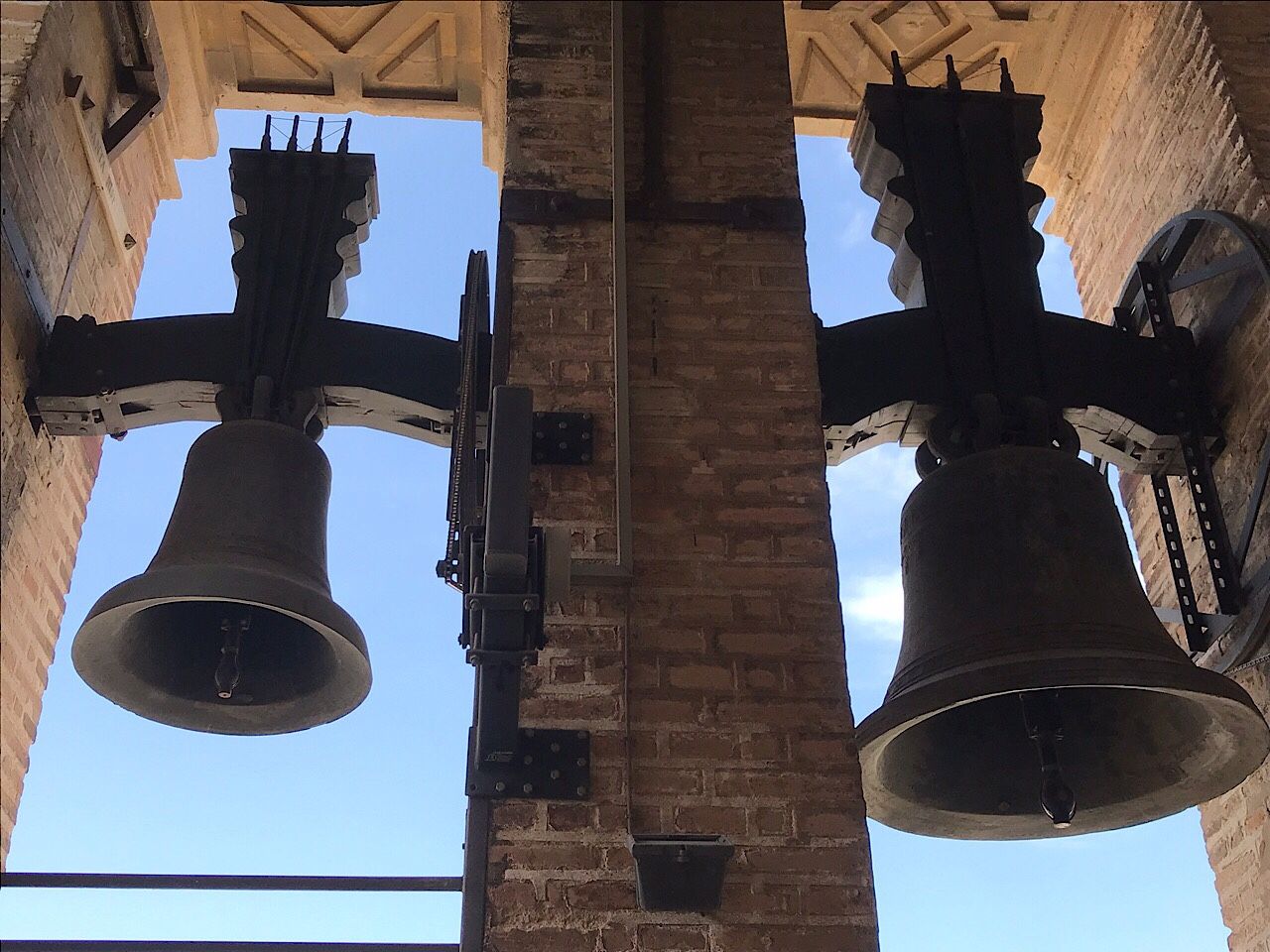


comments powered by Disqus